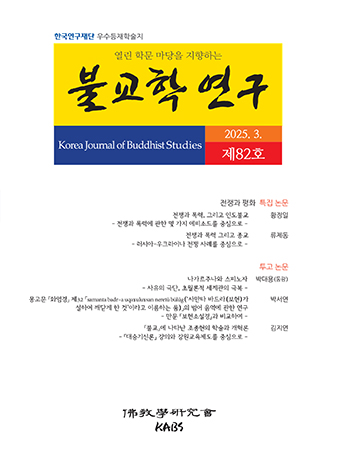Abstract
References
Sorry, not available.
Click the PDF button.
Information
This study focuses on the Vimokkha and Vimutti as found in Pāli-Nikāyas. Cetovimutti, Paññāvimutti and Ubhatobhāgavimutti are three terms used in the canonical texts in describing the realization of emancipation. Of these three terms, while Paññāvimutti and Ubhatobhāgavimutti by themselves are used to denote the final emancipation, the term cetovimutti by itself is not used in this sense. It is when cetovimutti is used along with paññāvimutti that it denotes final emancipation. Therefore, cetovimutti by itself is not sufficient to lead one to the attainment of final emancipation. This brings up the question whether attainment of paññāvimutti is possible without cetovimutti. In other words, the question is whether there can be a paññāvimutta who has not attained cetovimutti. Such a question arises because the texts refers to a category of finally emancipated persons who are called ubhatobhāgavimutta, and these persons are taken as those who have realized both cetovimutti and paññāvimutti. And this study clearly shows whether one is a cetovimutti attainer or a paññāvimutti attainer, jhānic attainments are necessary for both. Therefore, when we say Sāriputta is a paññāvimutta, and Moggallāna is a cetovimutti attainer, it does not mean that Sāriputta has not practised jhāna, or that Moggallāna has not practised vipassanā. The reason of different abilities are due to the difference in faculties (indriyavemattatā) of the respective attainers.
Click the PDF button.
- Publisher :Korean Association of Buddhist Studies
- Publisher(Ko) :불교학연구회
- Journal Title :Korean Journal of Buddhist Studies
- Journal Title(Ko) :불교학연구
- Volume : 14
- Pages :61~90


 Korean Journal of Buddhist Studies
Korean Journal of Buddhist Studies






